The thought of filing may fill a precious few with joy: “Hooray! I’m processing that paper and finding a home for it!” But if you’re like most, the thought of filing comes with a wave of dread. If you fall into the latter category, I’m going to give you some helpful tips that will make the process a lot easier – or at least less painful!
Welcome to Part 3 of my series Organize Your Office for Success. We explored how to organize your paper in Part 1 and how to organize your desk in Part 2. Now we close the circle with tips on how to organize your files.
Filing is a breeze once you’ve created the framework. And there are just 3 steps to create that framework and keep it running smoothly. The goal of all filing systems is retrieval: you file that piece of paper away in a logical place so you know where to go back and find it when/if you need it again.
Before we dive in, let’s make this an enjoyable experience: setting up your filing system is like mapping out a road trip. First you must determine your route, pinpoint the must-see stops and save the souvenirs that you may want to see again one day. Fun! Let’s get going!

Step 1: Define Your Categories
The first step in creating your filing system is to determine the categories it will hold. If you had to group your files in broad, general categories, what would they be? For example, your categories could be:
- Financial
- Home / Auto
- Medical
- Personal
Step 2: Assign Subcategories
Next, identify the files that would fall within each category. For example:
Financial
- banking statements
- credit card statements
- investment statements
Home/Auto
- insurance policies
- repairs
- mortgage / rental agreements
- auto loans
- garden projects
- home improvement projects
Medical
- insurance policy
- insurance documents (EOBs)
- doctor bills
- lab reports
Personal
- resume
- membership/associations
- work-related documents
- important personal documents
Step 3: File, Review & Remove
Now it’s time to file that paper! The best way to maintain a filing system is to file as you go, or if that’s not convenient, to save all items to be filed in a tray and to schedule 10-15 minutes to file once a week. This way, you’ll stay on top of things before it all gets overwhelming.
As you file, take a moment to review what else is in the file and purge what you can: can you remove the last bill from one year ago? Is it time to pull out last year’s insurance policy as you put the current year policy in the file?
At the end of the calendar year, gather that year’s bank/credit card statements and receipts for tax preparation. Move those and keep as backup with your tax documents (stored in a more distant location for long-term storage) or shred if not necessary.
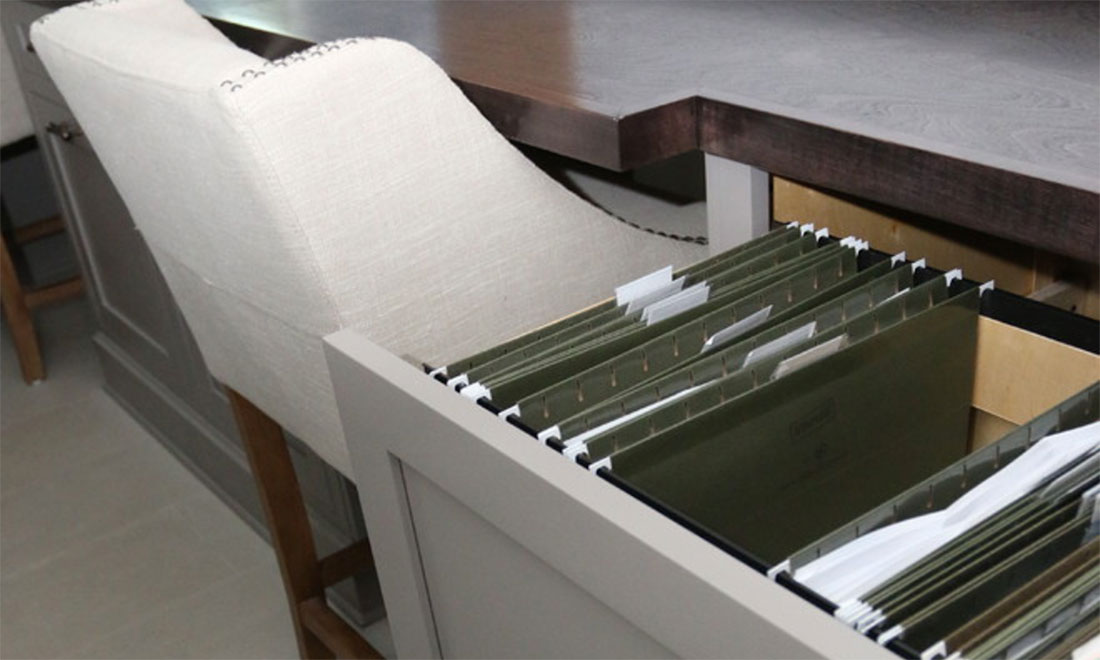
Tools & Tips
Before you get started, let’s review the items you’ll need for an effective filing system and the best way to set it up:
Type of folders: Hanging folders are, hands down, the best solution for any filing system. They can move smoothly on a file drawer rail or inside the groove of a plastic file bin, and can even work in temporary situations like a cardboard banker’s box.
Size of folders: The size of folders you should use largely depends on the furniture or file cabinet you have, or the size of the documents you’re filing. Drawers often have special inserts or rails to accept either size, while most plastic file bins or boxes can take both letter or legal files, depending on the way you orient the bin or box.
Color of folders: Color is definitely a personal preference – you can assign various colors to different categories of files (e.g. green folders for Finance, red for Medical, etc.) or, for a more uniform appearance, use the same color folder for all your files but differentiate categories by using color tabs.
Placement of tabs: Straight-line filing (with all tabs in a single file, to one side or the other) is best. If you stagger the tabs in a pattern (left – middle – right), you’ll always need to reset the tabs on all the folders if you insert a new folder or remove one. Straight-line filing alleviates that headache. And it looks neater, anyway!
Size of tabs: If you’re using letter folders, the 2” inch tab will work; but if you’re using legal folders or have long file names, opt for the 3.5” tab so you can write full file names without having to be creative and come up with odd abbreviations.
File naming convention: When creating file names, go from generic to specific, e.g. “Insurance: Auto” and “Insurance: Home” instead of “Auto Insurance” and “Home Insurance.” This way, you’ll be filing by a broader category instead of by a specific alphabetical order.
Purchase a label maker. You can find a good label maker (my favorite is the Brother P-Touch PT 90 for around $20-30 and it will be the best investment you can make for your filing system. Everything will appear clear and consistent.
One final piece of advice: Banish the manila folders! Those ubiquitous manila insert folders only add to the bulk of what is being filed and, most often, they cover up your beautiful tabs with the file names that have been created with your nifty label maker. If it is absolutely necessary to group certain projects within a file together, go ahead and use a few manila folders. Otherwise, create another hanging folder or two for those separate subcategories.
[av_one_third first av_uid=’av-5tyzao’]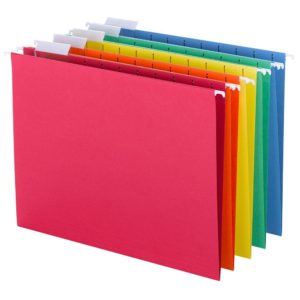 [/av_one_third]
[/av_one_third]
[av_one_third av_uid=’av-3pvs6o’]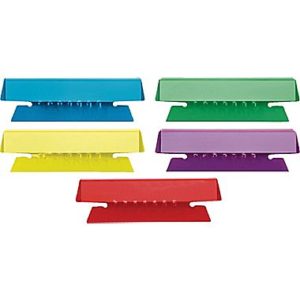 [/av_one_third]
[/av_one_third]
[av_one_third av_uid=’av-225ks0′]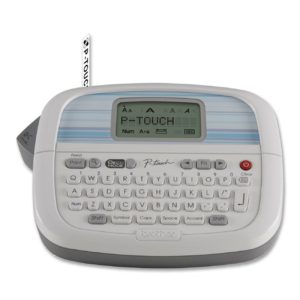 [/av_one_third]
[/av_one_third]
There – you’ve done it! Hopefully these steps and tips will help you create a filing system in your home or office so your life can run smoothly on that filing system road trip to success!
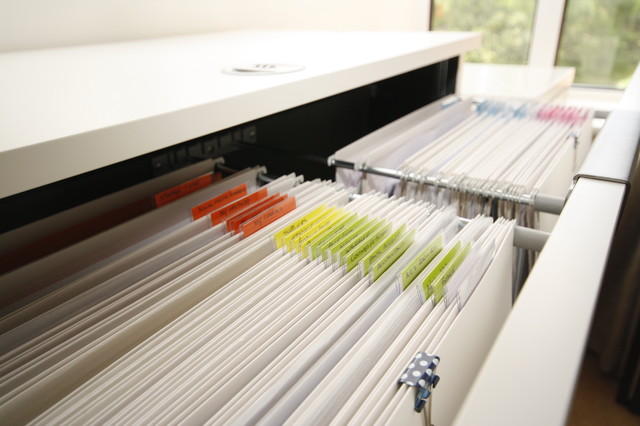
I like the idea of separating the medical data from the insurance company stuff and the doctor bills. Most people have one file for “medical” and this definitely would make it easier to grab what you need.
Thanks, Seana! Yes, it definitely makes it easier if you’re going to a new doctor and need to take past lab results/reports with you.